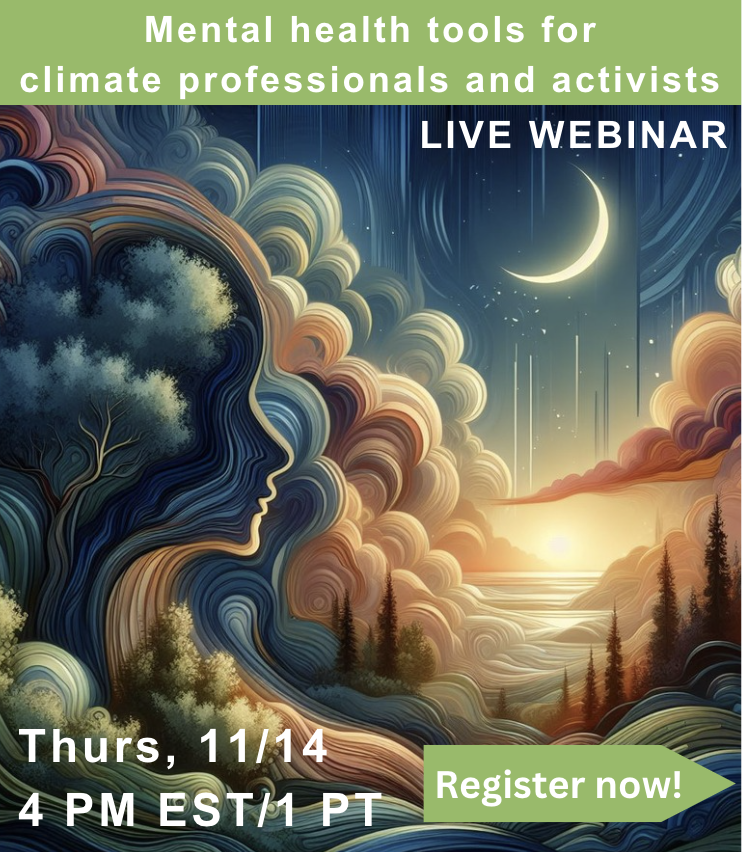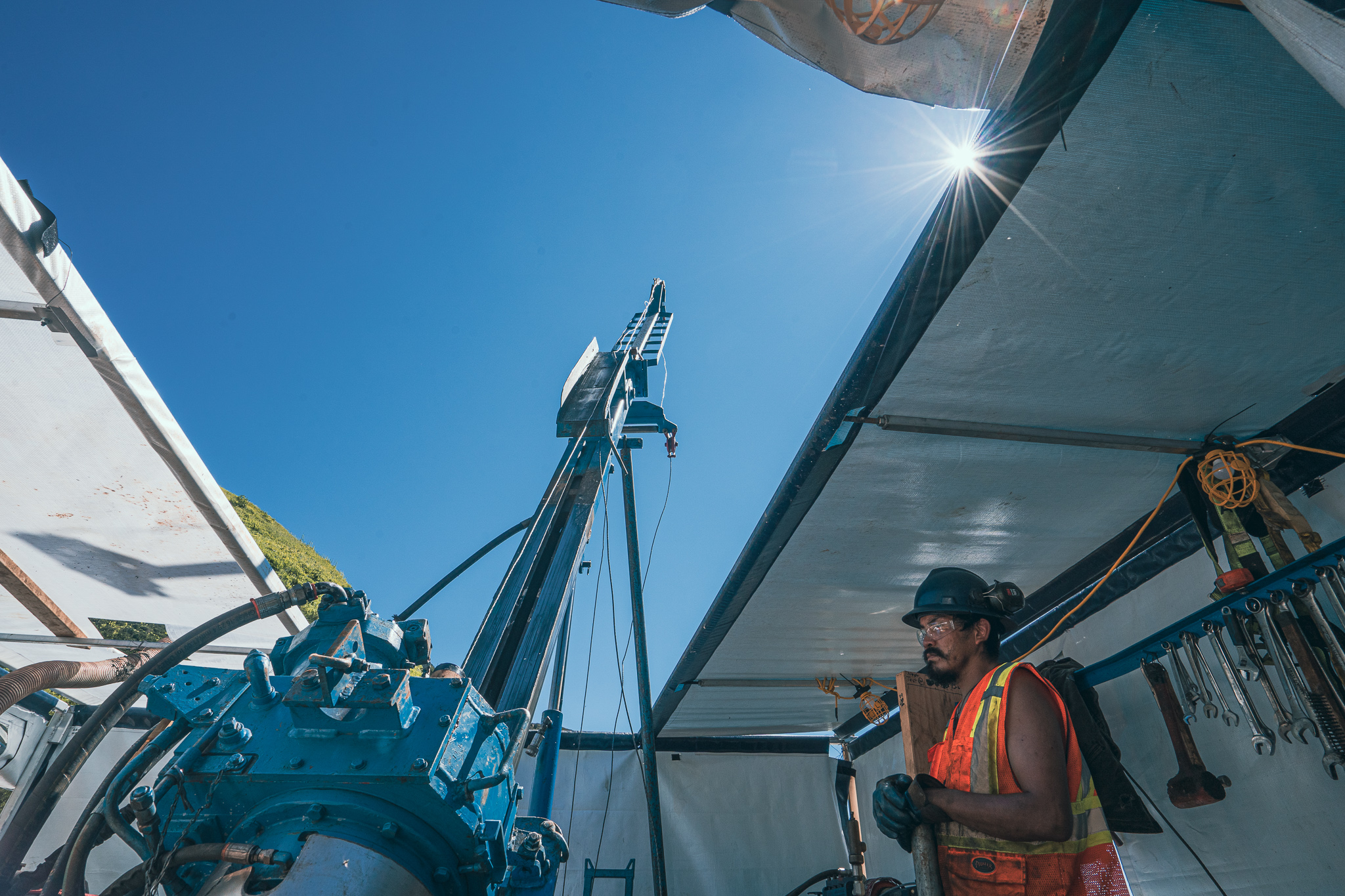Sign up for daily news updates from CleanTechnica on email. Or follow us on Google News!
These days, it seems like everyone is into emergency preparedness, or at least wants to think they are. Whether it’s a fear of natural disasters, the communists, the fascists, or even the space aliens, there is no shortage of content these days on social media, blogs, and YouTube.
But, we have to ask ourselves how realistic this is. Are we doing real-life preparedness, or copying Hollywood? When the average person doesn’t have a three-day kit with emergency rations and clean water, but a growing number of people have camping gear and weapons, many of us may be LARPing more than we are preparing. Balance is needed, after all, because let’s face it, many people found out in 2020 that you can’t wipe your butt with Magpul products (at least not effectively).
The old shopping list of “beans, bullets, and band-aids” that many people repeat isn’t complete. The U.S. Army says its goal is to be able to “shoot, move, communicate, survive, and sustain,” and if you’ve studied military history at all, there’s a lot to unpack in the word “sustain.” In the 21st century, “move” can’t rely on boots and horses like it did for thousands of years. Families trying to prepare don’t need to fight a war like the Army does (hopefully), but everyone with a mouth needs someone to get groceries and other supplies. No matter what you have laid up in your house, you’ll eventually need to go get something.
Western North Carolina recently got hit by a nasty one-two punch of flooding and soil saturation followed by hurricane-force winds and tornadoes. This turned roads that would normally support a solar-powered EV into endless mazes of broken logs and landslides. So, we have to ask ourselves this: what kind of alternative vehicle would be best suited for this environment, and other challenging ones that we might face after the worst happens?
I recently came across a YouTube video that attempts to answer this question: (article continues after video)
The traditional answer to this is a gas-powered dirt bike. They’re nimble. They’re narrow. They can go pretty quick. They don’t use much fuel. But, there are some serious downsides, especially the noise and the fact that you can’t make your own fuel for them. That’s basically what the people in the video found out when they decided to test both systems hard and see which one actually wins.
The first thing they looked at was energy and fuel. The big upside to e-bikes is that you don’t need to get gas, something that’s often scarce on the coast when a hurricane is coming, and scarce afterwards when none of the gas stations have the power needed to pump gas or even the gas to pump in many cases. At first glance, an e-bike also needs to charge, but you can easily do that even with a modest $300 portable solar panel and power station setup (solar generator). Plus, in developing countries, people seem to always be able to find electricity somehow.
On the other hand, charging time kind of sucks for e-bikes compared to ICE bikes. It’s hard to carry more battery with you, but it’s easy to carry a Jerry can or even smaller bottle around. So, your particular anticipated transportation needs are important to consider.
What about usefulness? Durability is a big deal, too. Cheaper e-bikes won’t hold up in bad conditions, while more expensive ones are built to take more punishment. Dirt bikes are generally built to handle punishment even for cheap used ones. For ease of use, e-bikes are easy. You get on, you turn the throttle, and you go. Dirt bikes are almost always equipped with a manual transmission and requires learning to ride.
Budget is an important question. Dirt bikes can be had for cheaper than a high-quality e-bike (like a fast “class 4” e-bike). Slower and less capable e-bikes (like a bicycle) can be had for under $1,000. So, your ability to afford it depends a lot on what you’re looking to actually do. Like EVs, maintenance for the electric one is a lot easier and cheaper, so the overall cost of operation has to be considered, too. But, getting parts can be tougher for e-bikes.
Controlling an e-bike on downhills can be tough, as regenerative braking isn’t very strong and often doesn’t happen at all on many smaller e-bikes. Regardless of drive technology, a longer wheelbase bike (typical dirt bike or Zero electric for example) does better at speed. Shorter wheelbase e-bikes, not so much.
Weight is also a big deal in emergency situations. Smaller e-bikes often weigh in between 100-150 pounds (even less for more bicycle-like ones), while dirt bikes tend to weigh double or more compared to that. This means that e-bikes have an advantage for situations where you need to pick the bike up, carry it somewhere, or load it on a hitch rack. This helps when there’s a situation like a log in the road. But, it comes at the price of less traction.
Stealth is a big deal, but it’s not perfect. Dirt bikes are extra loud compared to the whine of an e-bike, but as you get closer, the quieter whine of the e-bike can be easier to pin-point with your ears. Electric bikes can also make you stand out more in many places, but blend in more in others.
One of the final conclusions was that either system will work pretty well in emergencies. Individual needs (especially travel distances) need to be considered, of course, but neither is a clear winner or loser for everyone.
About the only thing I’d add to this discussion is that cheaper and smaller e-bikes need to be included. Most of the bikes mentioned in the video were high-end e-bikes that already resemble a dirt bike, or actual electric dirt bikes. Smaller e-bikes that are more of a bicycle can be had a lot cheaper, but go a lot slower and are less rugged. That having been said, they’re lighter and easier to buy, so there are advantages there, too.
At the end of the day, everyone needs to consider all of the options!
Featured image by Zero Motorcycles.

Chip in a few dollars a month to help support independent cleantech coverage that helps to accelerate the cleantech revolution!
Have a tip for CleanTechnica? Want to advertise? Want to suggest a guest for our CleanTech Talk podcast? Contact us here.
Sign up for our daily newsletter for 15 new cleantech stories a day. Or sign up for our weekly one if daily is too frequent.
CleanTechnica uses affiliate links. See our policy here.
CleanTechnica’s Comment Policy




